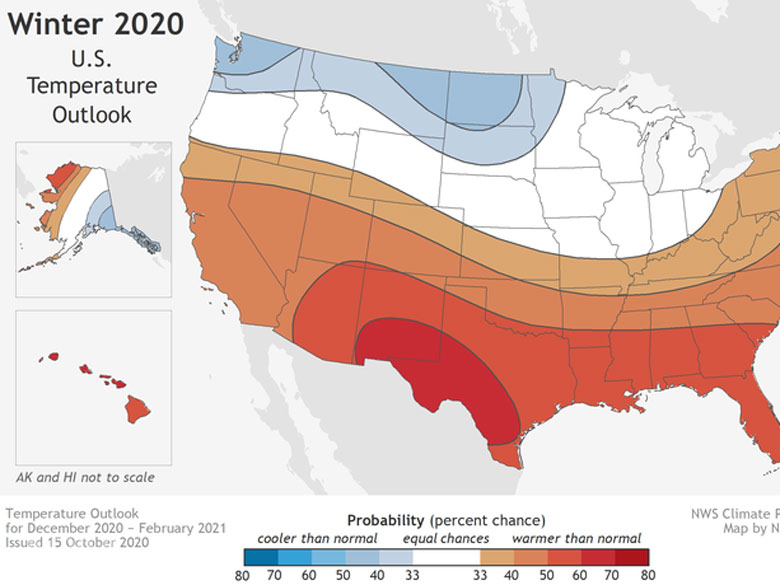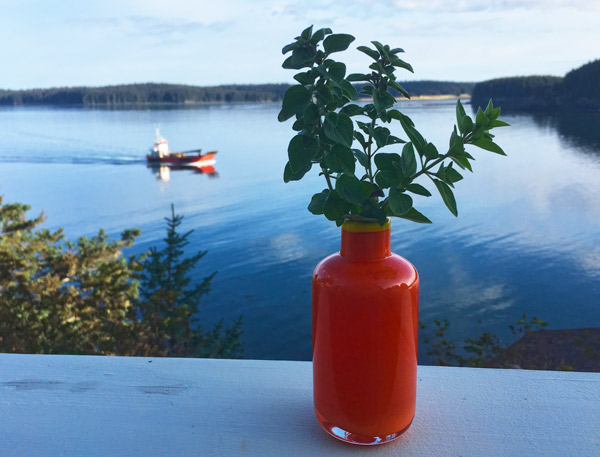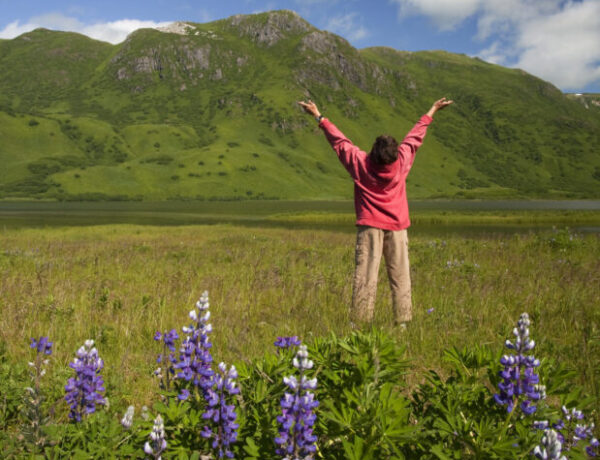Now that the elections are behind us, the topic of “what’s next?” is on the front burner of many tongues. I’ll let those-who-polish-crystal balls get to work. Meanwhile, let’s take a look at what’s next in the world of… weather. At least for the rest of 2020.
We’ll look at two different forecasts, one from the Farmer’s Almanac and the other from NOAA’s Climate Prediction Center—a division of the National Weather Service.
[Hello! This organic gardening article was originally published in the Kodiak Daily Mirror, the hometown newspaper for Kodiak, Alaska. You can access the archive page for my past columns, written each week since 1986].
Now, as anyone who’s been caught in a wet and windy Nor’easter knows, predicting the weather is no simple task. This is especially true of long-term forecasting. Yet since 1818, the Farmers’ Almanac—published in Maine—has been trying to do just that for the continental United States (with meek attempts for Alaska and Hawaii).
Wow, can you really predict the weather a year from now?
Many folks are more than a little skeptical. Though with 4 million copies sold each year, it must make a few loyal readers happy.
The Farmers’ Almanac’s Web site explains that its forecaster (referred to only by his pseudonym, Caleb Weatherbee) uses a “top secret mathematical and astronomical formula, that relies on sunspot activity, tidal action, planetary position, and many other factors to predict weather 16 months in advance for seven different U.S. climate zones.
Thus, every year, the Farmer’s Almanac posts long-range forecasts for regions and states. These are NOT city-specific, which means for a tiny state like Rhode Island, forecasts might be fairly accurate. But for Alaska, well, I don’t need to tell you that when you superimpose Alaska over a map of the Lower 48, it practically stretches from Washington to Florida.
That said, the Almanac’s forecast divides the State into “North” (Anchorage, and Fairbanks) and “South” (Juneau).
So, will we have a white Christmas?
Good question. Take a look at what the Almanac has in store for us, as far as a long-range weather forecast for November and December goes:
November
• Temperature: -3° North, 31° South (5° below avg.)
• Precipitation: 0.3″ North, 4″ South (0.1″ below avg. North, 1″ below South)
Nov 1-10 Snow showers, cold
Nov 11-16 Sunny, mild
Nov 17-21 Snowy periods, mild
Nov 22-30 Sunny, frigid
December
• Temperature: -5° North, 33° South (2° above avg.)
• Precipitation: 0.1″ North, 4.9″ South (0.1″ below avg.)
Dec 1-8 Snow showers North and Central, snowy periods South; cold
Dec 9-18 Flurries, cold North; snow, then clear, mild elsewhere
Dec 19-24 Flurries, cold North; snow showers, mild elsewhere
Dec 25-31 Flurries; mild North, cold elsewhere
Now let’s turn to NOAA’s winter outlook, which calls for a cooler North, thanks to an ongoing La Nina.
La Nina is expected to persist through the upcoming 2020 winter season which means a cooler, wetter North, and warmer, drier South (as in the southern U.S.).
As for temperatures, NOAA forecasts above-average temperatures are favored for western and northern Alaska. And that goes for Hawaii, too, a heads-up for anyone thinking of heading south (and tropical) this winter.
Below-normal temperatures however are predicted for southern Alaska.
Predicting precipitation is a little trickier. Even with the advanced technology, it’s still difficult for meteorologists to forecast things like rainfall very far in advance. As one NOAA meteorologist said in an interview, “For precipitation, I don’t know anyone short of the prophet Elijah who has any skill in foretelling precipitation more than a couple weeks, perhaps a month in advance.”
That said, we can look forward to wetter-than-average conditions in northern Alaska with drier conditions are forecast in southern Alaska, which I believe, includes Kodiak.
To compare the two weather forecasting styles, one is behind the curtain and the other is more scientific.
Since I love to photograph snowflakes, I’d like to be able to say that snow is forecasted during this week or that week so I could prepare. But even NOAA admits that precipitation forecasts are generally not accurate more than a week in advance.
While there’s nothing wrong with turning to the Farmers’ Almanac for general garden guidance (plant potatoes, for example, by the dark of the moon) just don’t expect it to be spot-on accurate.
All things considered in elections and weather, feel free to read the Farmers’ Almanac, but tune in to the Weather Channel, too. And you might also want to keep your Xtra Tuff boots and rain gear close … just in case.
-=-=-=-=-=-=-=-=-
About these garden columns… Slowly but surely I’m posting over 1,200 articles that you can access here. For personal updates, sign up for my newsletter, the Garden Shed: All Things Organic Gardening. As a thank you for signing up, you’ll receive a FREE PDF: 220 Things You Can Compost. (I’m also on Facebook and Instagram). To get in touch by email: marion (at) marionowenalaska.com





No Comments